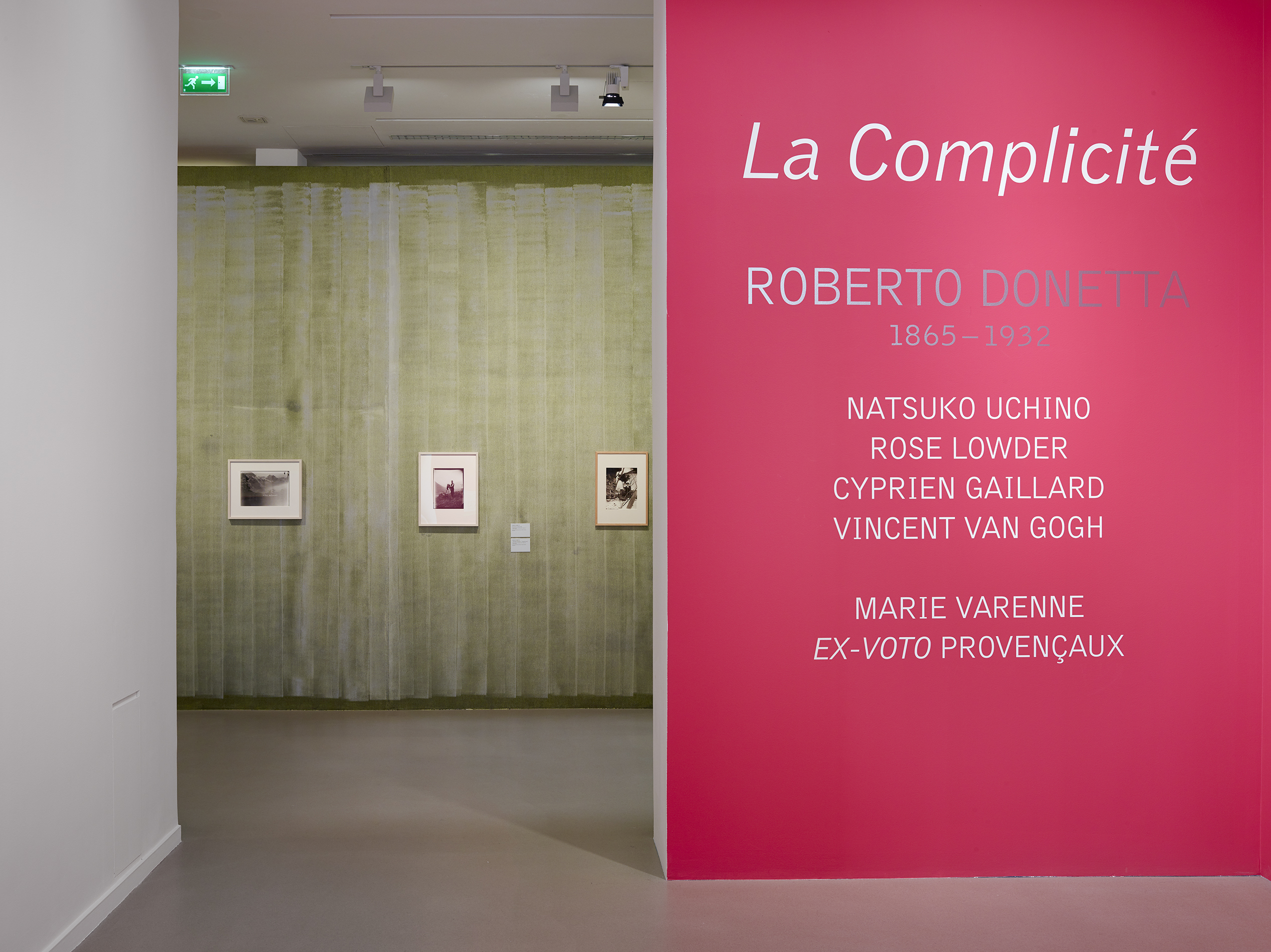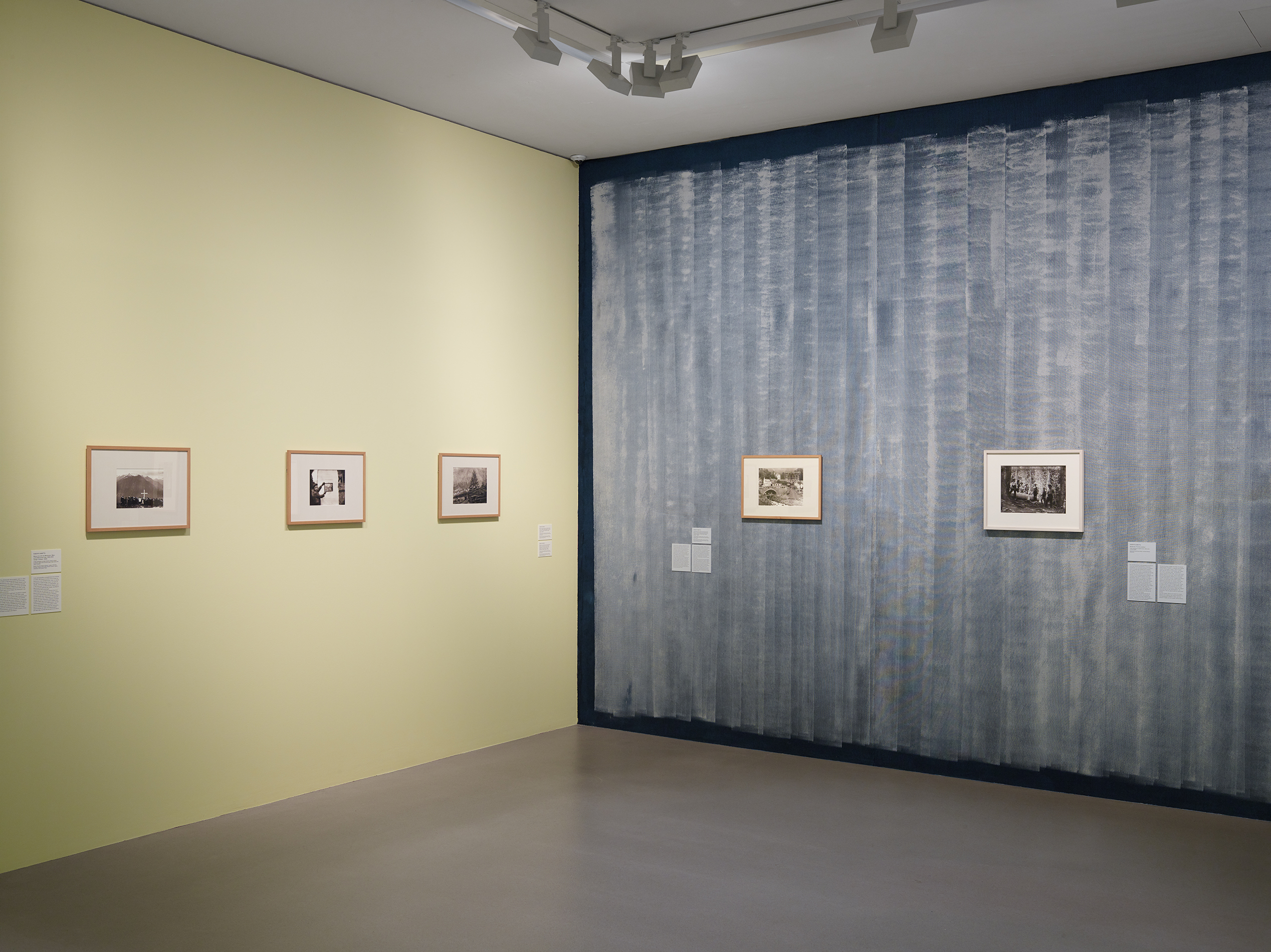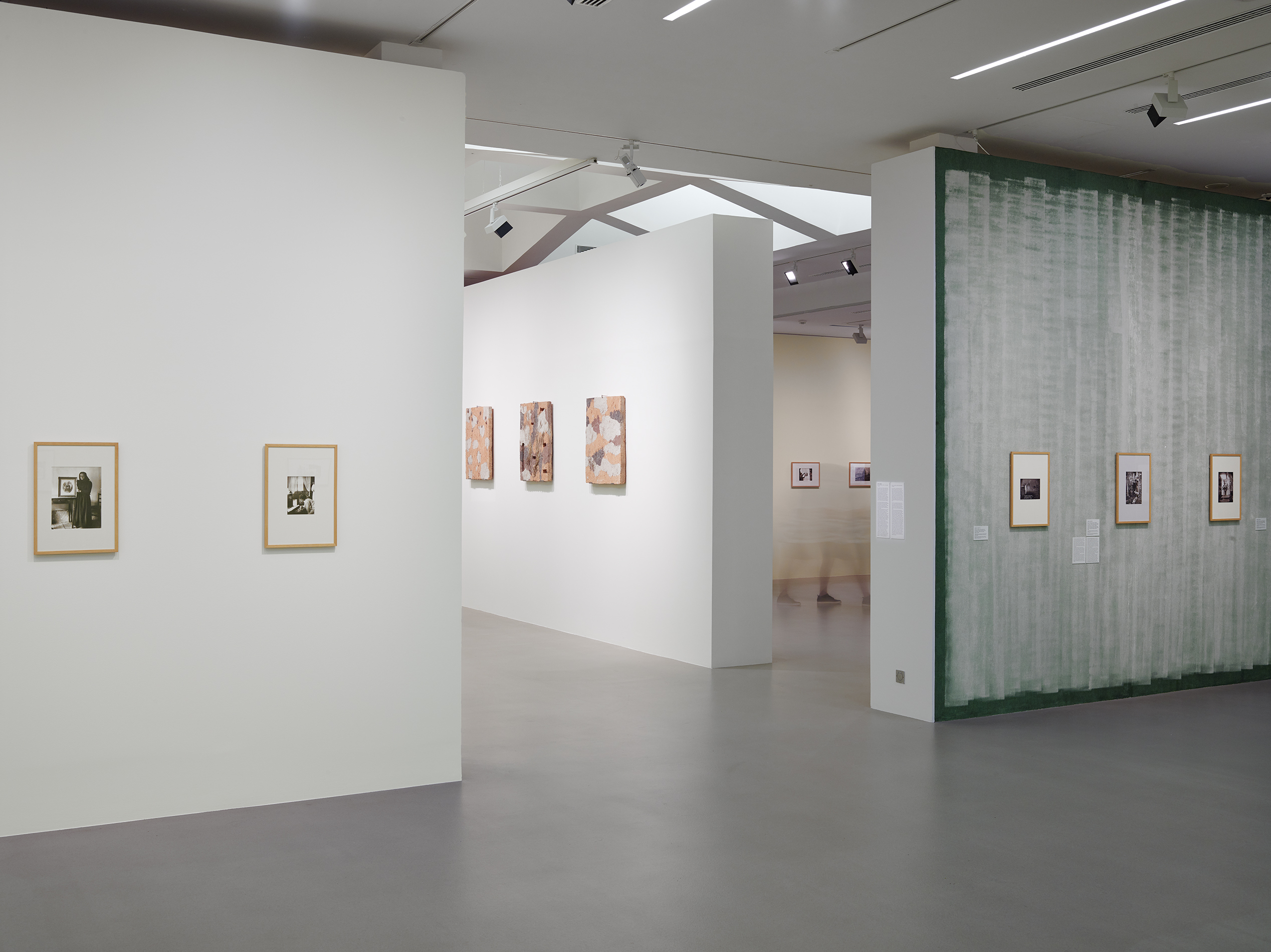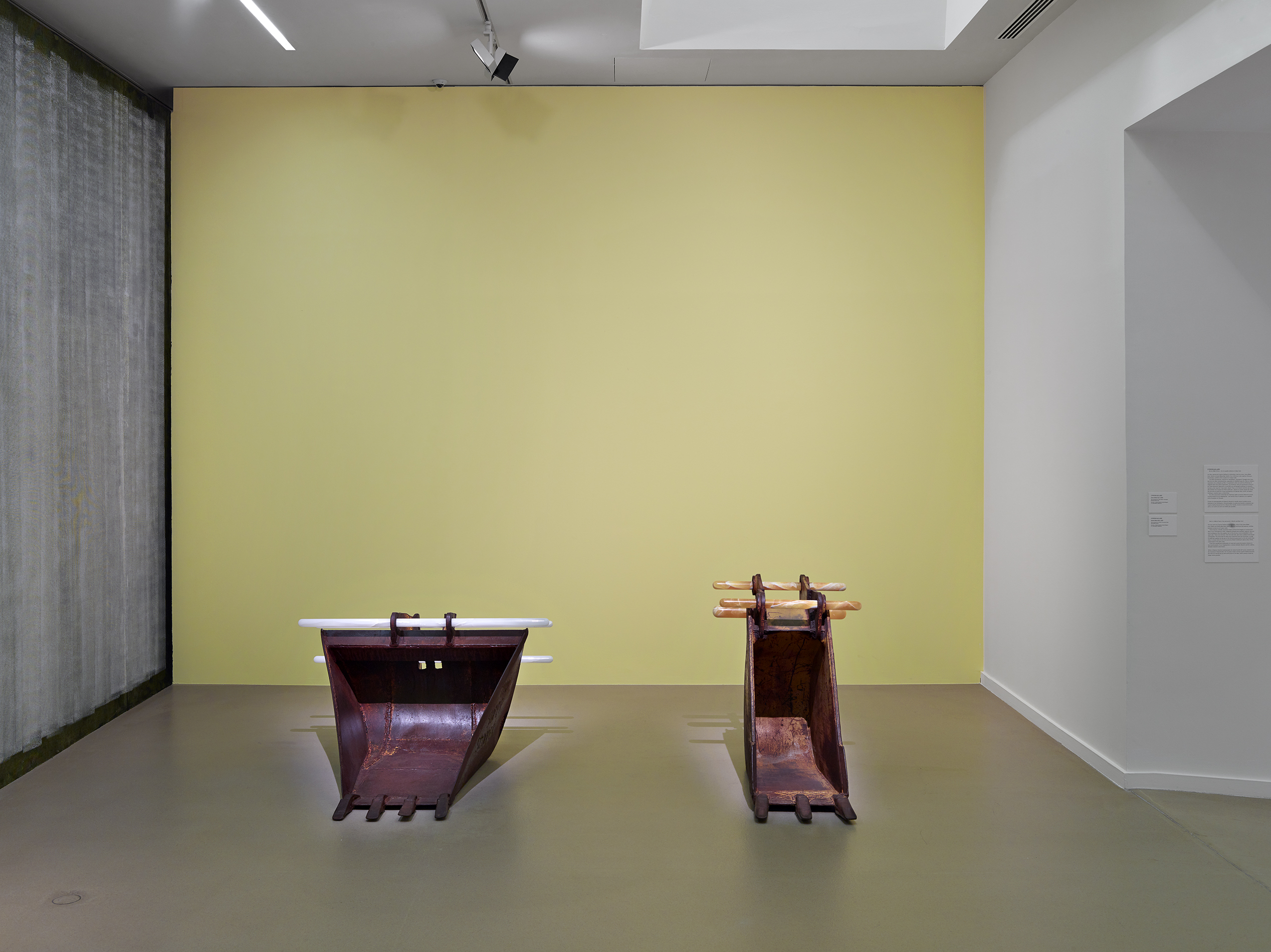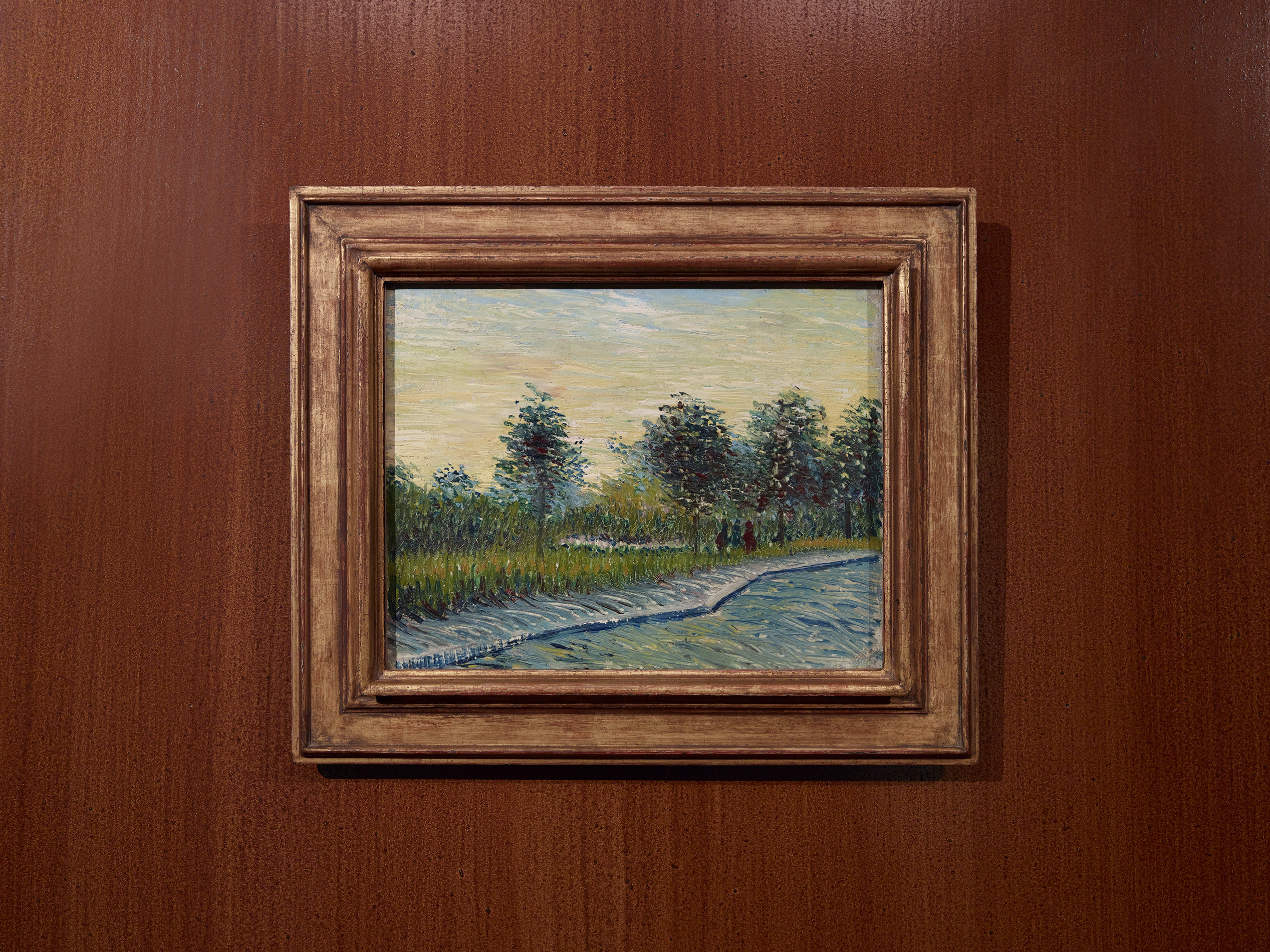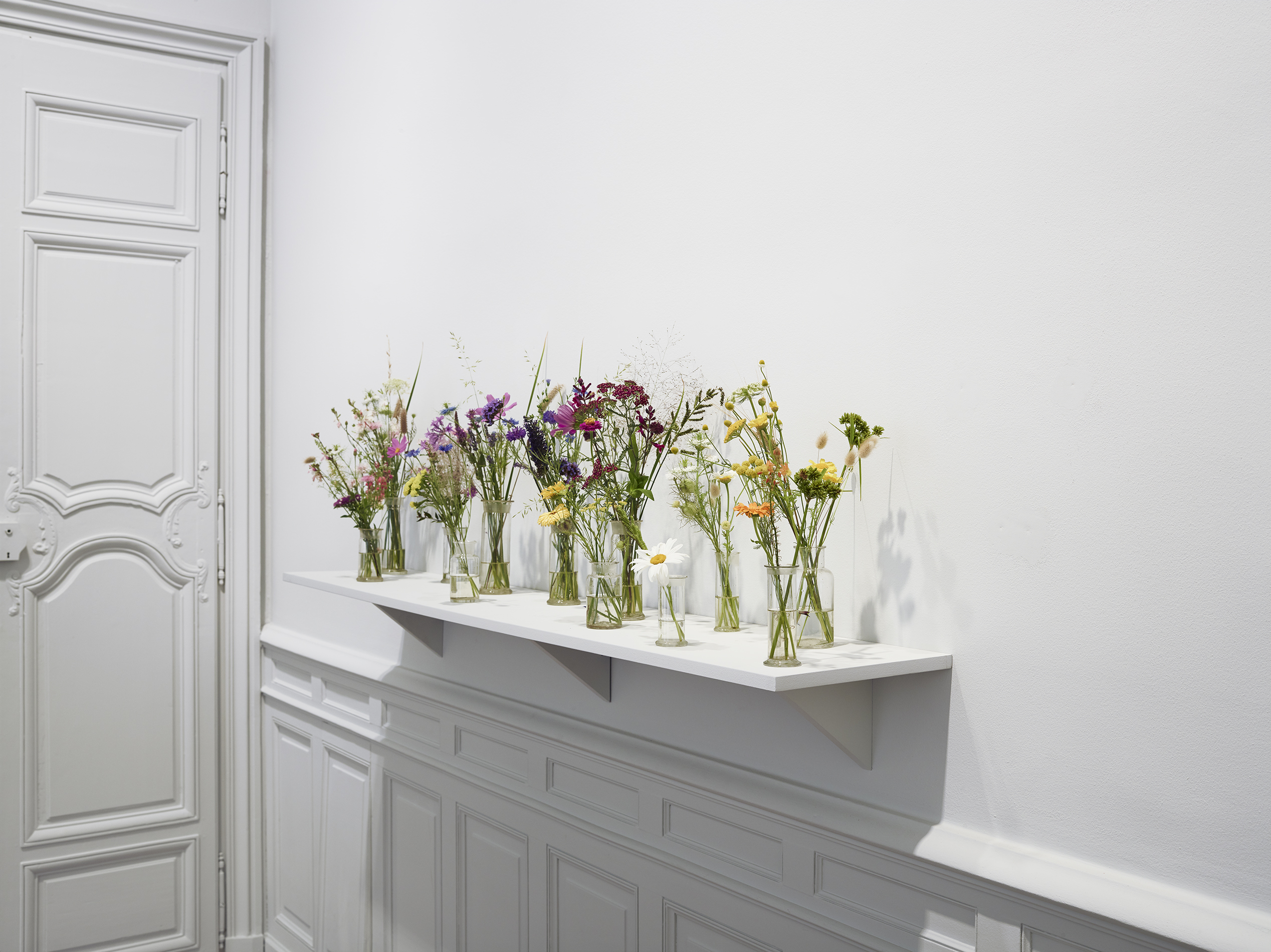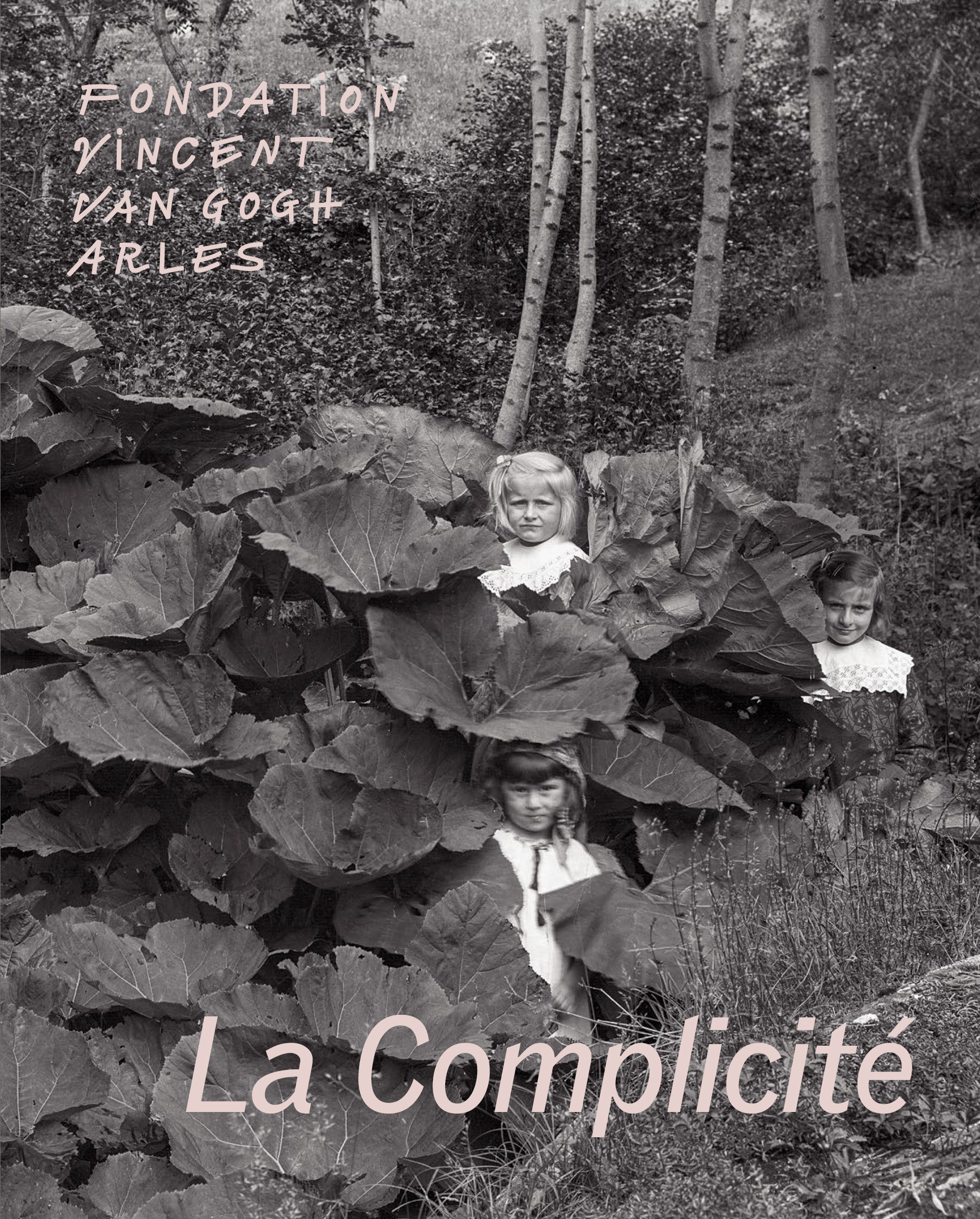Complicity: Roberto Donetta (1865-1932)
From 27 June to 13 September 2020 the Fondation Vincent van Gogh presents “Complicity”, an exhibition dedicated to the Swiss artist Roberto Donetta (1865–1932), whose works are being shown here for the first time in France in the form of an “encounter” with those of Natsuko Uchino, Rose Lowder and Cyprien Gaillard, as well as with Provençal ex-votos, punctuated with floral interventions by Marie Varenne and the presentation of the painting Square Saint-Pierre at Sunset (1887) by Vincent van Gogh.
The new exhibition at the Fondation Vincent van Gogh in Arles is synonymous with discovery, not to say a wealth of discoveries. The first of these undoubtedly has to do with the complicity, between subjects and photographer, that inhabits the highly poetic and surprising images by the neglected artist Roberto Donetta (1865–1932), a sympathetic chronicler of rural life in the Blenio Valley in Ticino. Like Van Gogh during his stay in Arles, Donetta maintains an intimate and precious relationship with his immediate environment.
Roberto Donetta captures what he sees, with a tenderness that equals the beauty of his compositions – whether families posing outdoors in front of a carefully staged domestic objects evoking a studio atmosphere, a table laid for a party in the open air, or female factory workers. These human beings, trades, construction sites, rituals and living portraits provide a visual transcript, sometimes tinged with an endearing humour, of daily life in Ticino. The Swiss artist is able to relay these voices with their social realities and the beauty of circumstance – that of the camera shot. His images of the past, devoid of heroism, open a window onto an ordinary way of life, camped close to nature and following the rhythm of necessary actions.
Roberto Donetta, born in 1865 in Biasca, was a seed salesman and practised photography on a self-taught basis. This passion, “too expensive for a hobby, too unlucrative for a job” (in the words of historian Antonio Mariotti), resulted in him leaving behind nearly 5,000 glass plates, which are today preserved in the Casa Rotonda, the house in which he lived and where he died. Very few of the plates are dated; others have been destroyed or are missing. It was not until the 1990s that Donetta’s photographs began to receive the attention they deserved and to be presented in public.
Two solo shows of his work were subsequently mounted in Switzerland, in 1993 and 2016 respectively. The exhibition presented at the Fondation is thus a first, as it offers an opportunity to see Donetta outside his native country. More than seventy photographs are brought together for this occasion, covering the main themes of his candid and immediate photography, which is directed at landscapes and human emotions.
This body of photographs is accompanied by works by other artists, starting with Vincent van Gogh. Square Saint-Pierre at Sunset (1887), the Fondation’s new annual loan from the Van Gogh Museum in Amsterdam, shows a corner of nature away from the hustle and bustle of the French capital. It is seen from Montmartre, where the artist was living prior to his arrival in Arles in February 1888.
This felicitous dialogue continues with the work of experimental filmmaker Rose Lowder (b. 1941, Peru), and the ceramic creations of Natsuko Uchino (b. 1983, Japan). Based not far from Arles, these two artists capture the natural world, seizing upon the land or flowers in order to craft them into sensual and cognitive allies via 16mm films or in installations mixing ceramics and living organisms. The experience thus created of the physical and tangible world is extended by the presence, inside the exhibition galleries, of bouquets picked and assembled by Marie Varenne, a florist who gathers wild and cultivated flowers, foliage and grasses in the Camargue, where she lives.
As a counterpoint, the excavator heads by Cyprien Gaillard (b. 1980, Paris) introduce forms issuing directly from construction sites, places where the earth is damaged and transformed. If Gaillard’s oeuvre has a specific relationship to landscape, it is because it also invokes –notably through its use of a semi-precious stone from Utah – Land Art, and in particular Spiral Jetty (1970) by Robert Smithson.
Nestled in one of the Fondation’s rooms, lastly, in an echo of our previous exhibition «… et labora», are a selection of unassuming paintings depicting accidents and their miraculous resolution. These Provençal ex-votos are the vehicles of a popular imagery that foregrounds pivotal moments in fragile lives regulated by rituals.
Exhibition curators: Bice Curiger and Julia Marchand
The exhibition is taking place in partnership with the Fondazione Archivio Donetta,
MASI (Museo d’arte della Svizzera italiana), and Fotostiftung Schweiz, Winterthur.




